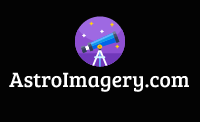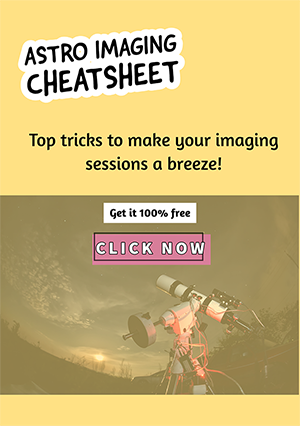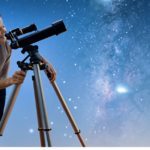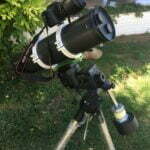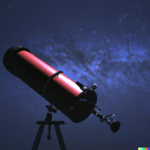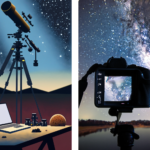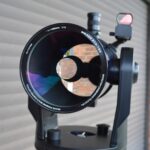Table of Contents
Since July 2020, I have been starting an astrophotography hobby. It’s already been about six months and I’ve learned so much about telescopes, astronomy, photography, and image editing. It’s really interesting but quite challenging! It is for this reason that I have decided to document my journey here on this website.

My Aim in developing this blog on my astrophotography hobby
My first aim is that I wanted to make some notes here in case I need to look back and see what I’ve learned. It is also nice to document one’s progress. Not only is this quite motivating, but it may also enable me not to forget anything that I have learned.
My second aim is to create a gallery of my astro imagery photos. Mainly I like to take pictures of DSOs (deep sky objects) such as Nebulae and Galaxies, but I also enjoy taking photos of the Milky Way. I’ll be adding my pictures here of various nebulae and galaxies and planets as I create them, so do come back to see the latest images.
Things I’ve Learnt So Far about Photographing Nebulae, Galaxies, and the Milky Way With a DSLR Camera (Mostly through a telescope).

- I am using a DIY mask made from fly screen material to focus on a star before taking pictures. it works!
- I am able to take a maximum of about 60-second exposures in the East or West.
- I can use my CLS filter only for emission nebulae. I have started using an Optolong L-Pro filter for galaxies and star clusters such as the Pleiades as well as reflection nebulae.
- My camera was modified for astrophotography in October 2020, and this has made a huge difference!
- Two-star alignment is more reliable and quicker. Using Altair and Vega at the moment (November).
- Best workflow so far: Stack in Sequator, edit in Siril then Photopea. notice these are all free programs. This may change and currently, I am again returning to trying Deep Sky Stacker.
- Alt-az is fine for limited astrophotography but considering either a wedge or a second EQ telescope mount.
My Goals In Astrophotography
I have a number of goals for this astrophotography hobby. I have discovered that observing the sky with a telescope is not exactly as I imagined. Most of the objects I expected to see are much smaller and less clear than I thought they would be. However, I have observed nebulae, star clusters, galaxies, and planets.
My main aim is to be able to photograph the upcoming astronomic events and share them with you. Second, I wish to create a gallery of great Astro images. For now, the quality is limited to my budget and existing knowledge but in time I plan to improve as I gain experience. Third, I hope my experiences can be of benefit to you and others who visit this website as there is so much for beginners to learn.
My Journey in Astrophotography So Far
I decided to buy a telescope at the beginning of summer 2020. The telescope I bought was a Celestron 130slt reflector. Buying a telescope was something I considered for many years. I’ve always been interested in space ever since I witnessed the first man walk on the moon in 1969 when I was only 5 years old.
Soon after using the telescope for a week or two, I knew that I wanted to share what I could manage to find with others.
But how to photograph what I could see? At first, I tried to take photographs with my iPhone but that was pretty hard and very limited in terms of quality. I read up about this and learned that most astrophotographers use a DSLR camera.
So, I acquired a camera, a DSLR, Canon 600D to be exact. I learned how to take pictures with this, bearing in mind my photography knowledge was mainly limited to taking shots with my iPhone. I’ve had the camera modified for astrophotography and the images are much improved!
I am now able to quite easily take shots of varying exposure with my camera quite easily but at the start, I couldn’t even focus! I also take 100s of shots automatically with an intervalometer and then stack the images to get a final higher quality, low noise image of the object using astrophotography software.
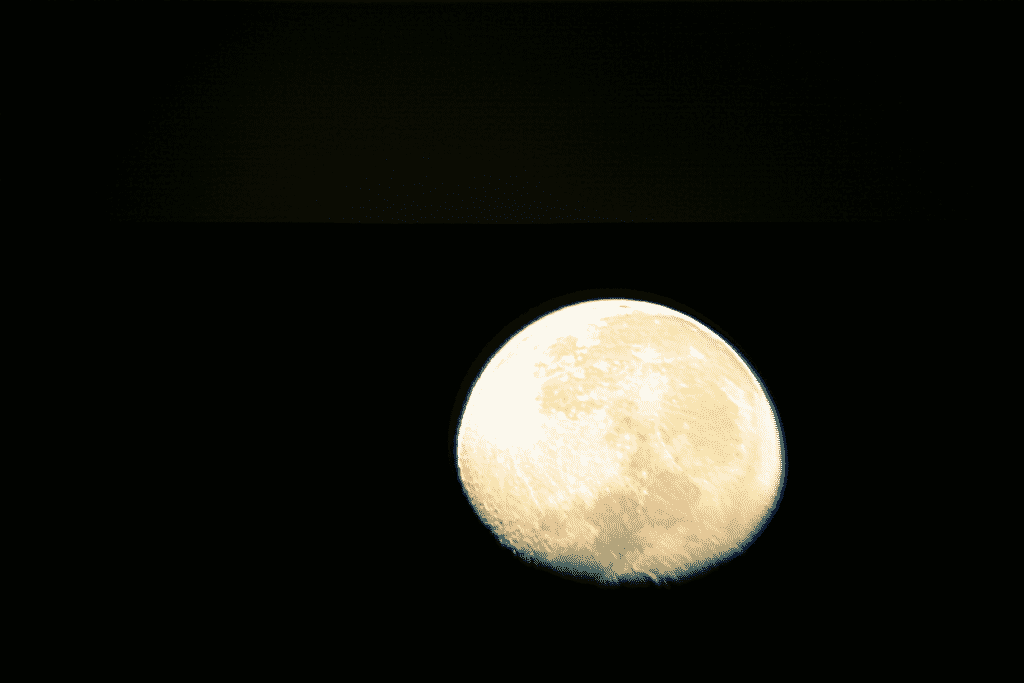
So far I have photographed the following:
- Comet Neowise
- The Conjunction of Jupiter and Saturn
- The Moon
- Nebulae – Dumbbell, Eastern and Western Veil, Cocoon, Crescent, North American, Rosette, Orion, California, and Crab Nebula.
- Galaxies: Andromeda M31, Pinwheel M33.
- The Milky Way
- Constellations: Ursa Major, Cassiopeia, Orion.
What I plan to do in Astrophotography
As part of my astrophotography hobby, I am planning to take photos of as many nebulae and galaxies as I can. I am also interested in taking pictures of the Milky Way a bit more professionally. For that, I will need a better camera in the future and better lenses, for sure. For now, I have a Canon 600D with an EFS lens that is 17–80mm. Good enough for simple wide-field shots of the milky way.
There are two paths that I see in this astrophotography hobby. One is to take photos with a tripod and a camera with a good lens. Maybe I will also need a star tracker in the future, but for now, I have taken shots that I am happy with like this:
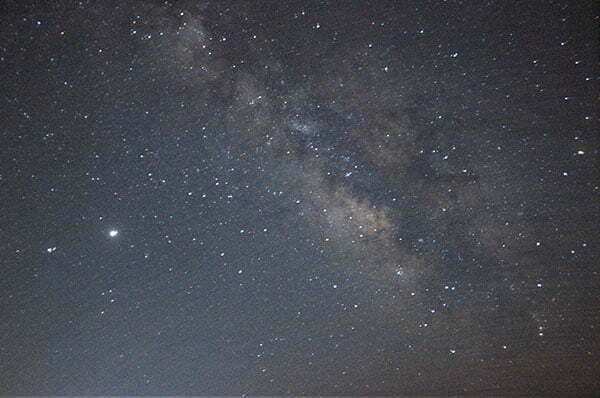
I am still thinking about how far I want to get into this method of astrophotography and tend to prefer taking pictures through a telescope. This, in my opinion, opens up a whole new world of possibilities!
So far, then, I have focussed on the second route using my camera attached to a telescope and using its goto navigation handset to begin to image what is up there.
The Telescope Equipment I am Using To Start Astrophotography
The telescope as already mentioned is a Celestron 130slt, which is a reflector telescope with a 130mm primary mirror. I have modified the telescope moving this mirror forward so that it is possible to focus with a DSLR camera.
When I got the telescope originally I had to use a Barlow lens with 2 times magnification to focus. This also increased the necessary exposure time as the extra glass was in front of the sensor. Now this problem is solved and I will explain elsewhere how I modified my telescope mirror for prime focus.
I have acquired some new equipment since I bought the telescope. I now have the following filters:
- SVBony EOS clip in CLS filter
- Celestron Moon and Skyglow filter 1.25″
- Optolong L-Pro 1.25″
These filters are to cope with light pollution. I use my telescope in a seaside resort location mainly in Turkey. My garden location is Bortle 5. There are so many lights around though so a light pollution filter is necessary. I will go into more detail about how I use these filters on another page.
My telescope operates in ALT AZ mode and I have no way to counteract star rotation. However, if I image low and in the East or West, I can image for about 60 seconds maximum before I get star trails. At some point, I will need to get an equatorial mount that needs to be polar aligned in order to image for longer periods.
I can get to darker sites close by, but my location in Turkey is quite good. I am happy for now, even though I know I will outgrow this equipment, and then the spending will begin! (rolls eyes).
For now my astrophotography hobby is keeping me excited to learn and develop more as a scientist and photgrapher rolled into one!
